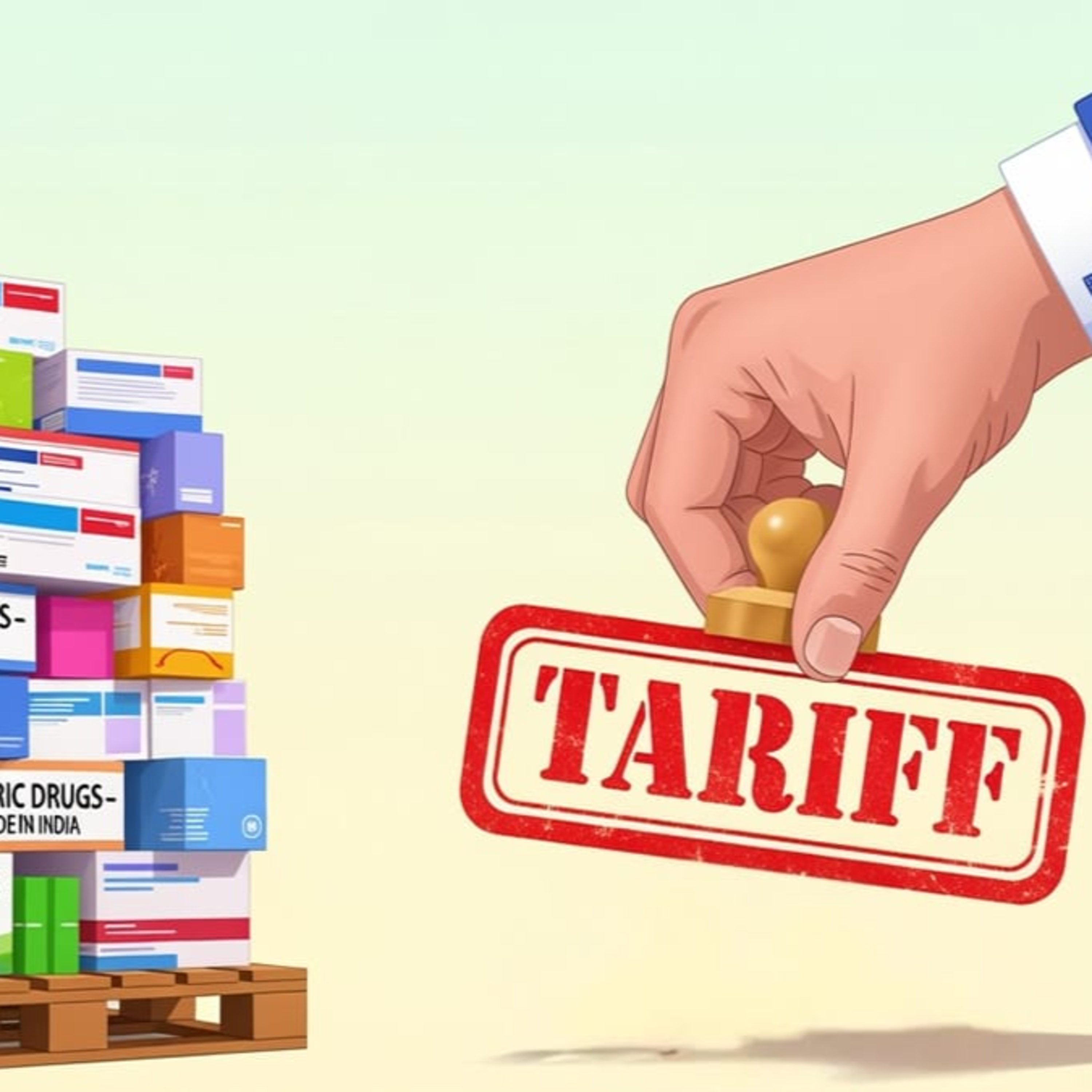From Copying Drugs to Creating Cures
The Main Idea in a Nutshell
- To stay strong and successful, India's medicine-making companies need to shift from just making cheap copies of old drugs to inventing their own brand-new ones.
The Key Takeaways
- A Huge New Deal: An Indian company, Glenmark, signed a massive $2 billion deal for a new, super-advanced cancer drug it's developing, which is a big step up for them.
- The "Generic Drug" Trap: Most Indian drug companies make "generic" drugs, which are just cheap copies of medicines whose legal protection has run out, so they don't make much profit on them.
- Pressure from America: The U.S. is a huge customer for India's drugs, but if the American government forces medicine prices down, it could really hurt Indian companies that rely on selling those cheap copies.
- Inventing is the Future: The best way for India's drug industry to grow and be secure is to invest in research to create brand-new, unique medicines, which are much more valuable than copies.
- Fun Facts & Key Numbers:
- Fact: India's drug industry is worth over $50 billion.
- Fact: More than 50% of the drugs India makes are sold to other countries.
- Fact: A potential U.S. policy could slash drug prices by 30% to 80%.
Important Quotes, Explained
Quote: "> This kind of cutting-edge formula belongs to a completely different league from manufacturing generic drugs."
- What it Means: Making this new, complex cancer drug is way more advanced and difficult than just mass-producing simple copies of old medicines.
- Why it Matters: This shows a huge leap forward for the Indian company. It's like they went from tracing pictures to painting their own original masterpiece, moving them from being a follower to a potential leader in creating new medical treatments.
Quote: "> Unless Indian pharma climbs the value chain... its reliance on low-margin generics will continue to be a vulnerability."
- What it Means: If Indian drug companies don't start inventing more valuable drugs, their businesses will always be at risk because they only make a tiny profit on the cheap copies they sell.
- Why it Matters: This is the main warning of the whole story. It's a "change or get left behind" moment for India's entire drug industry, telling them they can't just rely on the old, easy way of doing things anymore.
The Main Arguments (The 'Why')
- First, the author points out that a massive $2 billion deal for a new cancer drug proves that Indian companies can create highly advanced, valuable medicines.
- Next, they explain that the current business model of making cheap "generic" copies is risky because profits are tiny and the companies are very dependent on the U.S. market.
- Finally, they argue that to protect themselves from things like U.S. price cuts and to become true global leaders, these companies must invest in research to invent their own unique drugs, which are far more profitable.
Questions to Make You Think
- Q: What's the difference between a "generic" drug and a new, original drug?
A: The text explains that a generic drug is a cheap copy of a medicine whose legal protection (called a patent) has expired, like the common painkiller paracetamol. A new, original drug, like the cancer treatment in the story, is a brand-new invention that has never existed before.
Q: Why is it a problem for India if the U.S. lowers drug prices?
A: According to the text, it's a problem because Indian companies sell a lot of their generic drugs to the U.S. Since these drugs are already sold with very small profit margins, if the U.S. forces prices even lower, these companies might not make any money at all.
Q: Does the text say India's own laws make it harder to invent new drugs?
- A: Yes, in a way. The text mentions that India's laws are designed to make medicines affordable by allowing companies to easily make generic versions of drugs. While this is great for people who need cheap medicine, it also gives companies less financial reason to spend billions inventing a new drug if others can quickly start copying it.
Why This Matters & What's Next
- Why You Should Care: This topic matters because India is often called the "pharmacy of the world." If its companies struggle, it could affect the cost and availability of medicines for people everywhere. It's also a cool story about how a country can go from being a good copier to a great inventor.
- Learn More: To see how new drugs and medical devices are developed, check out the Netflix documentary series "The Bleeding Edge." It gives a fascinating (and sometimes shocking) look into the world of medical innovation.

